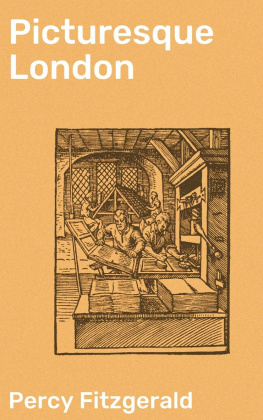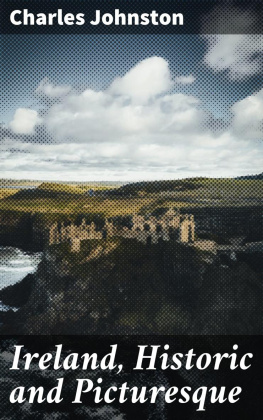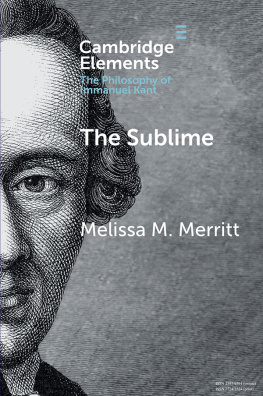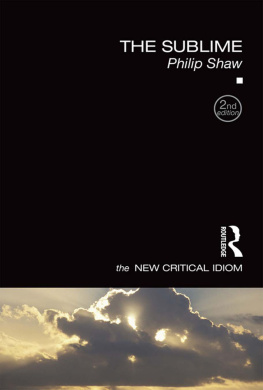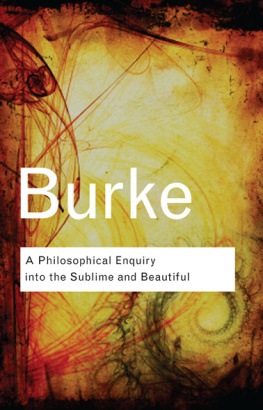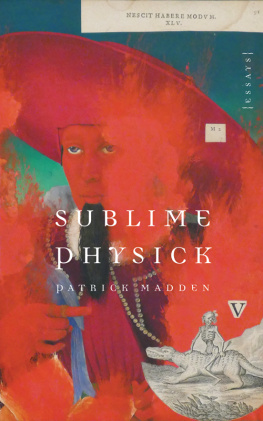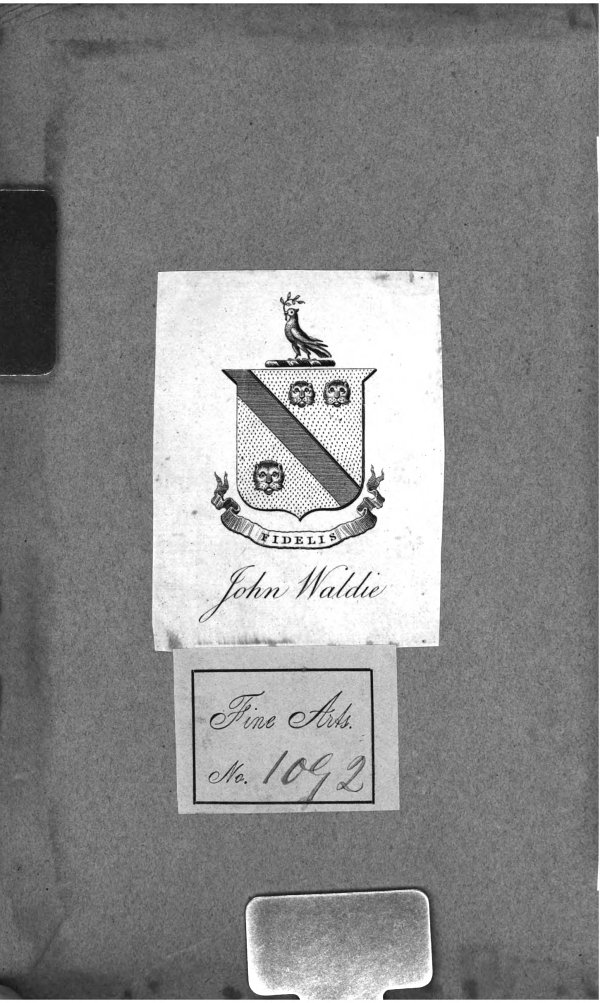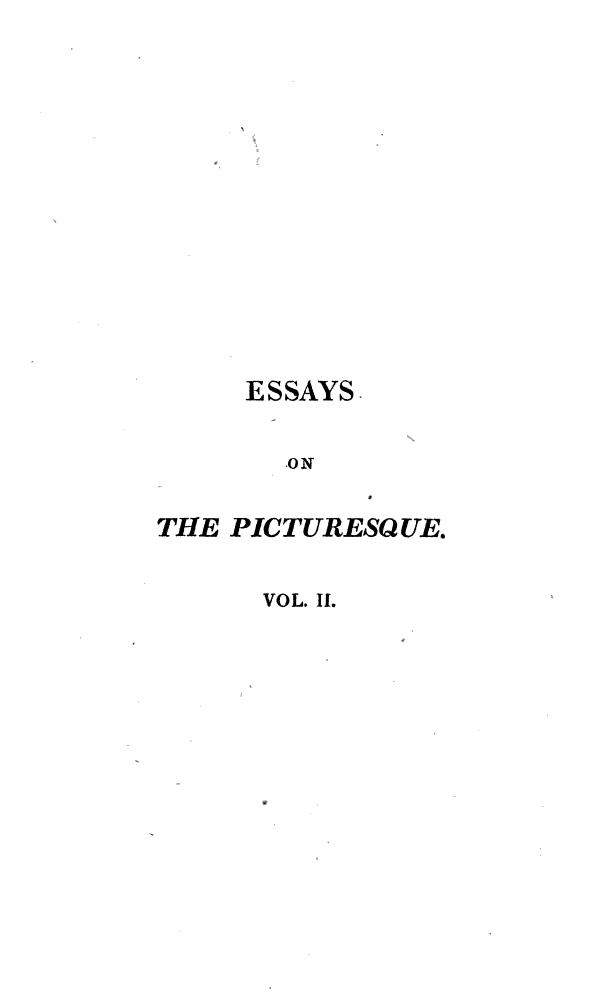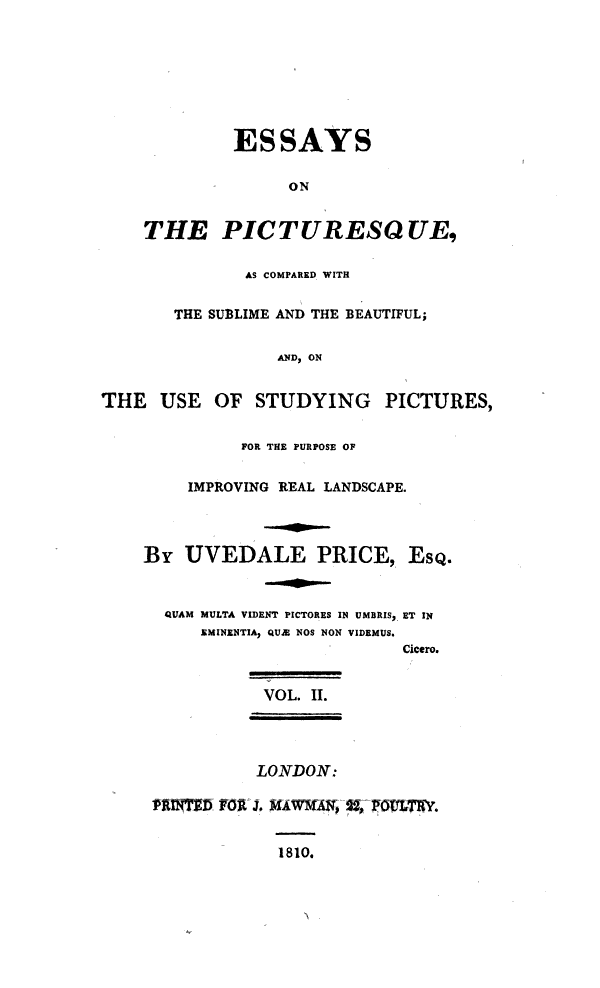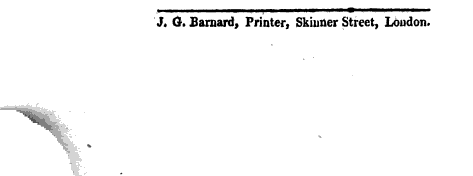Essays on the picturesque, as compared with the sublime and the beautiful;
Sir Uvedale Price
Google Book Search
This is a digital copy of a book that was preserved for generations on library shelves before it was carefully scanned by Google as part of a project to make the world's books discoverable online. See the back of the book for detailed information.
PREFACE.
THE three Essays which I here offer to the public, though detached from each other and from the Essay on the Picturesque, are, in respect to the matter they contain, and the suite of ideas they present, perfectly connected. In all that I have written, I have had two chief purposes in view: the one, to point out the best method of forming our taste and judgment in regard to the effect of all visible objects, universally; the other, to shew in what manner the principles so acquired, may be applied to the improvement of those par
aS
ticular objects, with which each man is individually concerned.
The first step towards acquiring an exact taste and judgment in respect to visible objects, is to gain an accurate knowledge of their leading characters; I, therefore, in my first Essay, traced the character of the Picturesque, its qualities, effects, and attractions, as distinct from those of the Sublime and Beautiful, through the different works of nature and art.
The next step was to shew, that not only the effect of picturesque objects, but of all visible objects whatever, are to be judged of by the great leading principles of Painting; which principles, though they are really founded in nature, and totally independent of art, are, however, most easily and usefully studied in the pictures of eminent painters. On these two points, which, J
i
trust, I have never lost sight of in any part of my work, rests the whole force of my argument. If I have succeeded in establishing them, the system of modern Gardening, which, besides banishing all picturesque effects, has violated every principle of painting, is of course demolished.
All such abstract reasoning, however, makes but a slight impression unless it be applied: I, therefore, took examples from the works of the most celebrated layer out of grounds, Mr. Brown,* and examined them, and his whole system and practice, by the principles which I had before explained.
* It has been mentioned as an objection, that Mr. Hamilton and Mr. Shenstone are in reality the most celebrated for their skill in laying out grounds, and, therefore, Painshill and the Leasowes, are the true examples of the taste of English Gardening. The acknowledged superiority of men of liberal education who embellished their own places, is strongly in favour of the whole of my argument; but had nothing to do with the objection. Poussin and Le Sueur were models of simplicity, and were th& two most cele brated painters of their country: but, would it be right on that account to say that Simplicity was the characteristic of the French school? They were in painting, what Mr. Hamilton and Mr. Shenstone were in gardeningexceptions to the national taste, not examples of it.
This censure of modern Gardening and Mr. Brown, drew upon me an attack from the most eminent professor of the present time, together with a defence of his predecessor. Nothing could be more fortunate than such an opportunity, for discussing the practicability of what I had proposed, with a practical improver of high reputation; as, likewise, of explaining and applying to particular parts of improvement, many positions in my first work. Yet still, notwithstanding the degree of practical discussion in that Letter, it might be said, even by those who are most partial to my ideas on the subject, "it is true -" that you have shewn the tameness and "monotony of Mr. Brown's made-water "and regularly sloped banks, and the su"perior beauty and variety of those in "natural lakes and rivers; but by what "means can these last be imitated? how "can those numberless varieties, which "often owe their charms to a certain art.'* less and negligent appearance, be pro"duced by the dull mechanical operations "of common labourers? If you would "have us quit the present style, shew us "some method of practical improvement "which may be acted upom" This is what I have attempted in the first of these three Essays; and the detail, which, from the novelty of the plan, I have been obliged to enter into, must be my excuse for its length. I must, however, observe, that the subject is much more comprehensive than the title announces: the discussion is not confined to the banks of made-water, nor even to those of natural rivers and lakes, but is extended to all the natural beauties and varieties of objects near the eye; which therefore are classed by painters under the title of fore-ground. All, who are in any degree conversant with the art of painting, know of what consequence fore-grounds are in pictures; how interesting they are in themselves, and what influence they have on the effect of the whole. If they be of such consequence to the painter, they are of still greater importance to the improver: the painter can command the other parts of his picture, equally with the fore-ground; can alter, or new model them as he likes; but the fore-ground, in its more extended sense, or at most the middle distance, is all thai is under the control of the improver. In this Essay I have followed the example of painters: I have bestowed particular pains on what is to be viewed close to the eye, and have worked it up more distinctly, and with greater minuteness of detail; in the hope that I may induce improvers to follow the same example in real scenery.
But, besides these fore-grounds, of which the models are in nature, there are others manifestly and avowedly artificial; which, however, on that account, are the best suited to artificial objects, and indeed the only fore-grounds strictly in character with them. I have, therefore, in the second Essay, examined the character of the old Italian Gardens, and the principles on which, as I conceive, their excellence is founded: I have compared them with modern gardens, and have stated what appear to me their respective merits and defects, the situation in which each is most proper, and the sort of alliance that might be made between them.
From the Decorations near the House, the transition was very natural to the house itself, and to buildings in general. In the third Essay, therefore, I have considered the character of Architecture and Buildings as connected with the Scenery in which they are placed. In pursuing this inquiry, I have taken my arguments and illustrations from the works of eminent painters: examining the style of architecture and of buildings in their pictures, from the temples and palaces in those of the higher schools, to the cottages, mills, and hovels of the Dutch masters, and applying the principles of the three leading characters discussed in my first Essay, to this particular subject; of all others the most calculated to shew their perfect distinction..


